TIPS & TRICKS
Simple Home Design Hacks for a Calming and Anxiety-Free Environment.

We all need a relaxing and calming home environment after a long and stressful day. Unfortunately, modern homes are filled with clutter, poor lighting, and congested spaces that amplify anxiety and lead to depression in our new contemporary homes.
Living in constantly chaotic, modern houses with no connection to nature can be overwhelming, but the good news is that with some simple changes and tweaks, we can completely transform our homes. You'll be pleasantly surprised at how easily you can create a calming environment.
The Importance of Addressing Our Mental Health
We are not alone in struggling with mental health challenges fueled by our fast-paced, high-stress lifestyles. The rates of anxiety and depression are skyrocketing, and ironically, our modern homes – meant to be places of comfort and relaxation – may be exacerbating these issues. As someone who spends a significant amount of time indoors, I've realized how crucial it is to cultivate a home environment that nurtures my mental and emotional well-being.
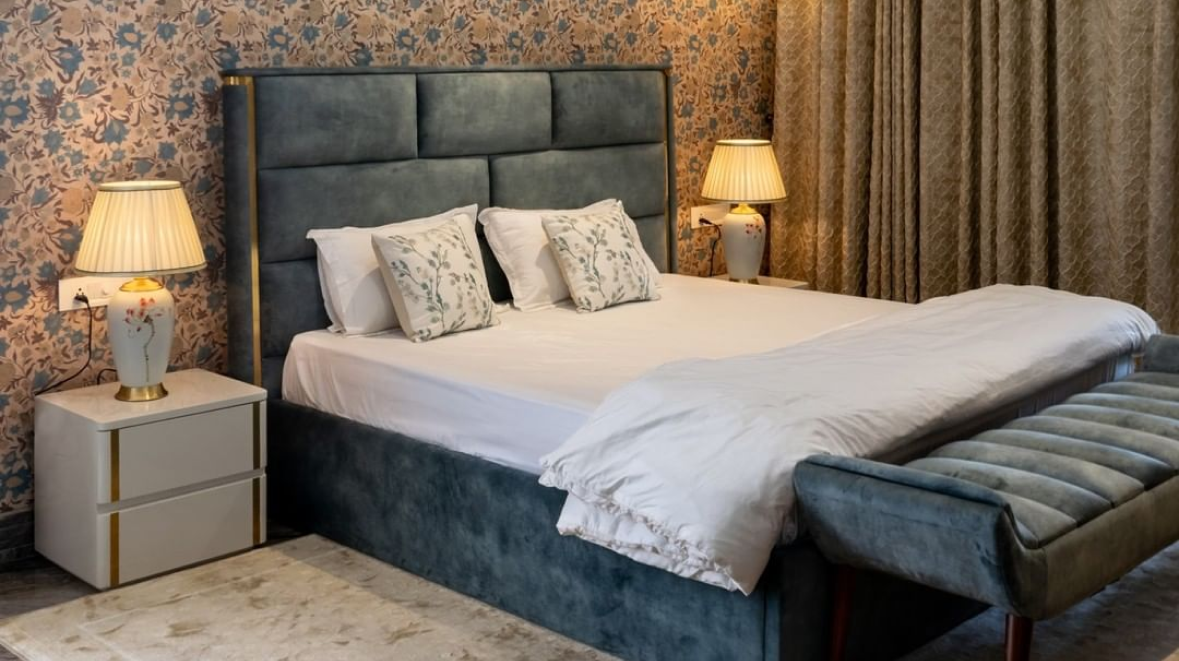
In our busy, high-stress modern lives, the rates of mental health issues are rising like a rocket. Maybe our new and shiny modern houses also contribute to our mental challenges rather than being a part of a solution.
The designs of our homes, offices, and schools impact our overall cognitive experience and emotional well-being.
Given how much we spend indoors in urban cities, it is pretty dangerous to our health and mental health.
Common reasons for causing anxiety in living spaces
The designs of our homes, offices, and schools impact our overall cognitive experience and emotional well-being.
Given how much we spend indoors in urban cities, it is pretty dangerous to our health and mental health.
Clutter and lack of organization can lead to feelings of congestion. Having too many possessions and a cluttered home can make relaxing easier.
Overstimulation of colors and patterns in home decor: Sometimes, less is more. People often use a lot of colors and patterns, which can be overwhelming.
Lack of natural light and ventilation: can contribute to feelings of claustrophobia and anxiety. Having large spaces with good natural airflow and natural lights helps to reduce anxiety. Even compact homes can feel less claustrophobic with proper ventilation and with an open floor plan. Natural light and fresh air can have a positive impact on our mood and overall well-being, making them important considerations in home design.
Overstimulation of colors and patterns in home decor: Sometimes, less is more. People often use a lot of colors and patterns, which can be overwhelming.
Lack of natural light and ventilation: can contribute to feelings of claustrophobia and anxiety. Having large spaces with good natural airflow and natural lights helps to reduce anxiety. Even compact homes can feel less claustrophobic with proper ventilation and with an open floor plan. Natural light and fresh air can have a positive impact on our mood and overall well-being, making them important considerations in home design.
Here are some easy home design hacks for reducing anxiety.
Clear the Clutter
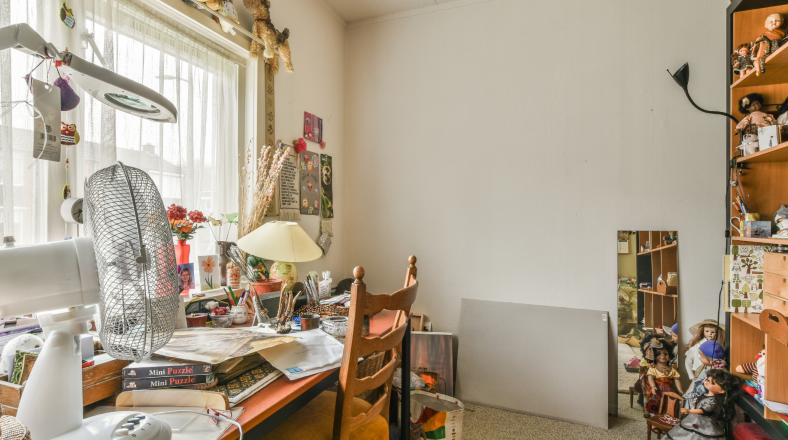
There is no bigger anxiety trigger than a messy and disorganized house. In the modern space, the first thing to reduce anxiety is to organize the house and make it a habit to go through your belongings and get rid of anything you don't need.
For instance, that pile of old magazines in the corner or the stack of unopened mail on the kitchen counter. Invest in smart storage solutions, such as small bins, baskets, and shelves, to keep things clean and tidy.
Invest in innovative storage solutions, such as small bins, baskets, and shelves, to keep things clean and tidy.
For instance, that pile of old magazines in the corner or the stack of unopened mail on the kitchen counter. Invest in smart storage solutions, such as small bins, baskets, and shelves, to keep things clean and tidy.
Invest in innovative storage solutions, such as small bins, baskets, and shelves, to keep things clean and tidy.
Use the KonMari Method : The KonMari method involves decluttering and organizing your home in a way that ensures you never have to do it again.
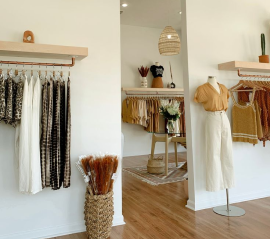
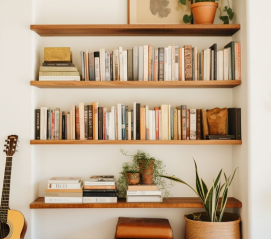
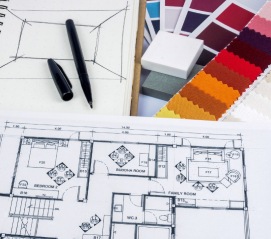
 Kimono
Kimono
Steps to apply the KonMari Method to home design:
Visualize Your Ideal Lifestyle
- Start by visualizing what kind of life you want in your home. First, you should have a crystal clear vision and goal of how you want your home to feel.
- Marie Kondo says, “Keep only those things that speak to your heart. Then, decide to discard all the rest. By doing this, you are resting your life on a new and better lifestyle.

Declutter By Category
Optimize Storage
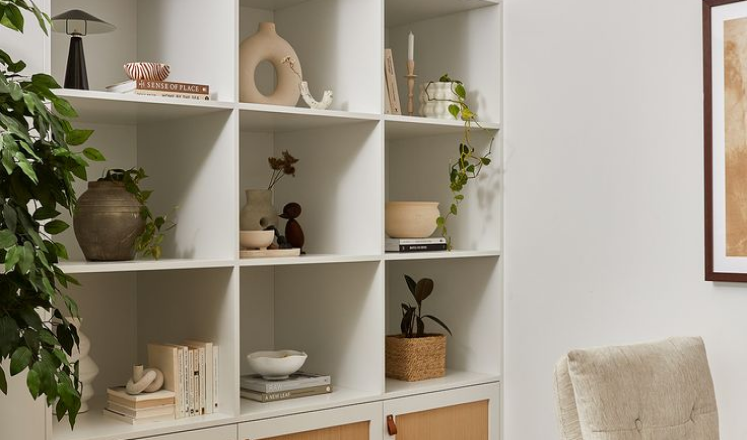
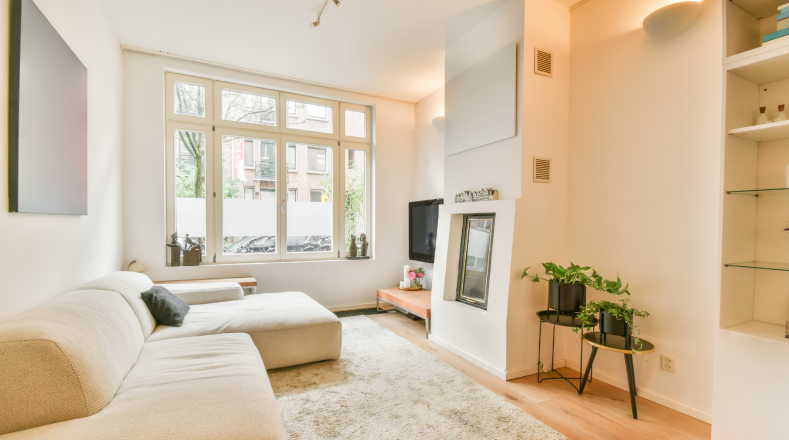
Maintain a Tidy Home
Connect with the Nature :
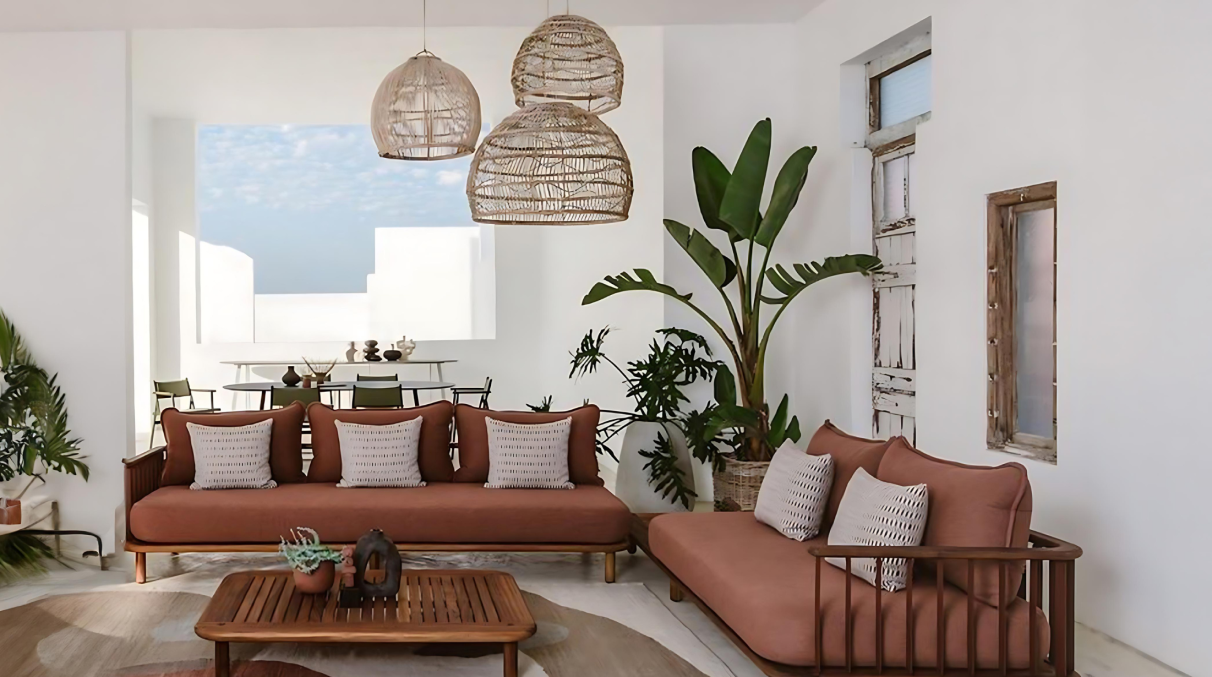
Psychologists agree that connecting with nature relaxes your mind. Fill your home with indoor and vibrant green plants, which boost mood and reduce stress.
Physiological Benefits of Viewing Nature: A Systematic Review of Indoor Experiments
Trailing vines, money plants, and other low-maintenance succulents are all great options. Due to the negligence of nature in our modern homes, ‘Biophilic design’ is on the rise, and occupant connectivity with nature has increased.
Physiological Benefits of Viewing Nature: A Systematic Review of Indoor Experiments
Trailing vines, money plants, and other low-maintenance succulents are all great options. Due to the negligence of nature in our modern homes, ‘Biophilic design’ is on the rise, and occupant connectivity with nature has increased.
Emphasize the view of nature (Biophilic Design)
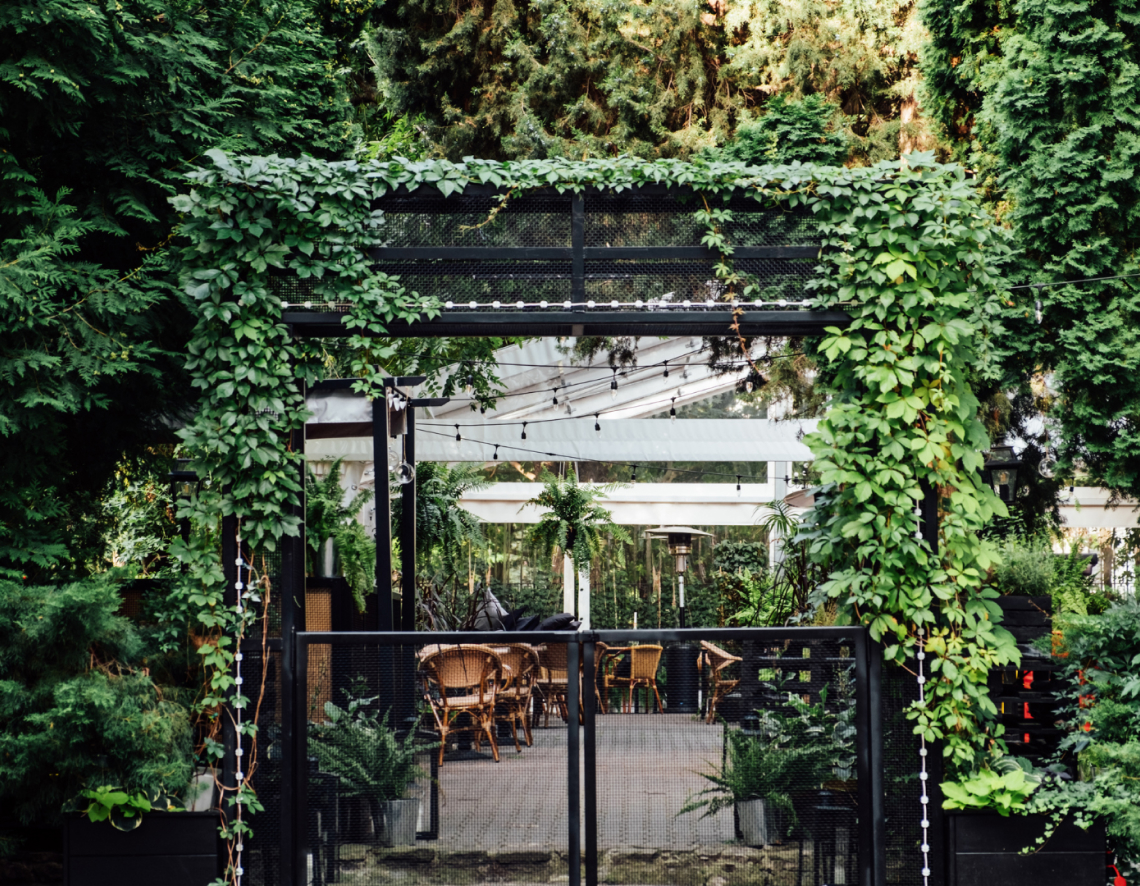
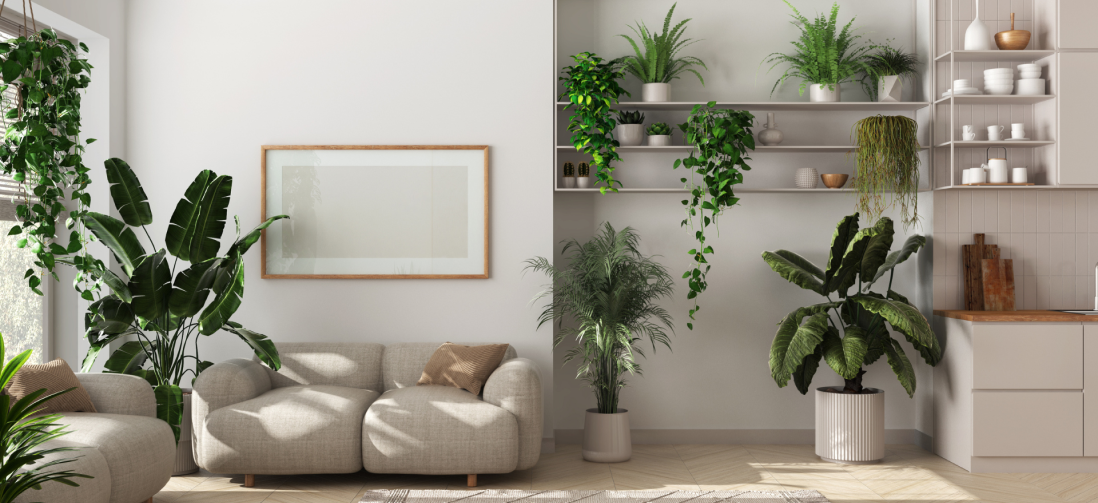
Improved Air Quality
Indoor plants used in biophilic design are natural air purifiers. Some people suggest that it is better to have indoor plants rather than an air purifier not only because they provide fresh air but also help to remove toxins like formaldehyde, benzene, and volatile organic compounds (VOCs)
Reduces Stress
Many people use the natural environment to release stress from work and a hectic life. Studies have shown that biophilic design has a positive effect on stressful situations.
Indoor plants used in biophilic design are natural air purifiers. Some people suggest that it is better to have indoor plants rather than an air purifier not only because they provide fresh air but also help to remove toxins like formaldehyde, benzene, and volatile organic compounds (VOCs)
Reduces Stress
Many people use the natural environment to release stress from work and a hectic life. Studies have shown that biophilic design has a positive effect on stressful situations.
Explore Soothing Color Schemes :

While bright colors on the walls are fun, sticking to a simple and soft palette, such as warm hues, grey, and calming greens, will be much more relaxing than using bright colors, which can be overwhelming for the brain.
Furthermore, adding natural wood tones and textured fabrics to your home furniture can create a relaxing mood by connecting the house with nature.
Furthermore, adding natural wood tones and textured fabrics to your home furniture can create a relaxing mood by connecting the house with nature.
Vanity lights are specially designed for bathrooms and dressing tables. They provide illumination and aesthetic appeal to the user. Here are some popular types of vanity lighting.
Soft Blues and Greens
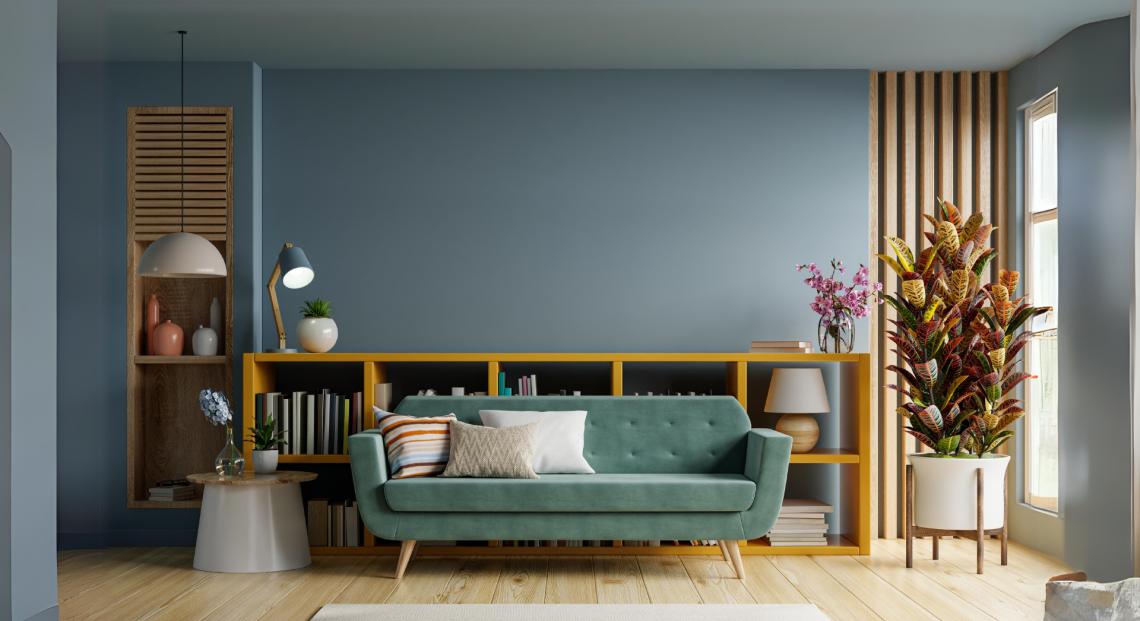
Shades of blue and green are inherently calming and relaxing. Avoid using bright tones and choose soft, muted tones like sky blue and soft green. Pair them with a crisp white accent wall color for a new and fresh look.
Monochromatic Neutrals
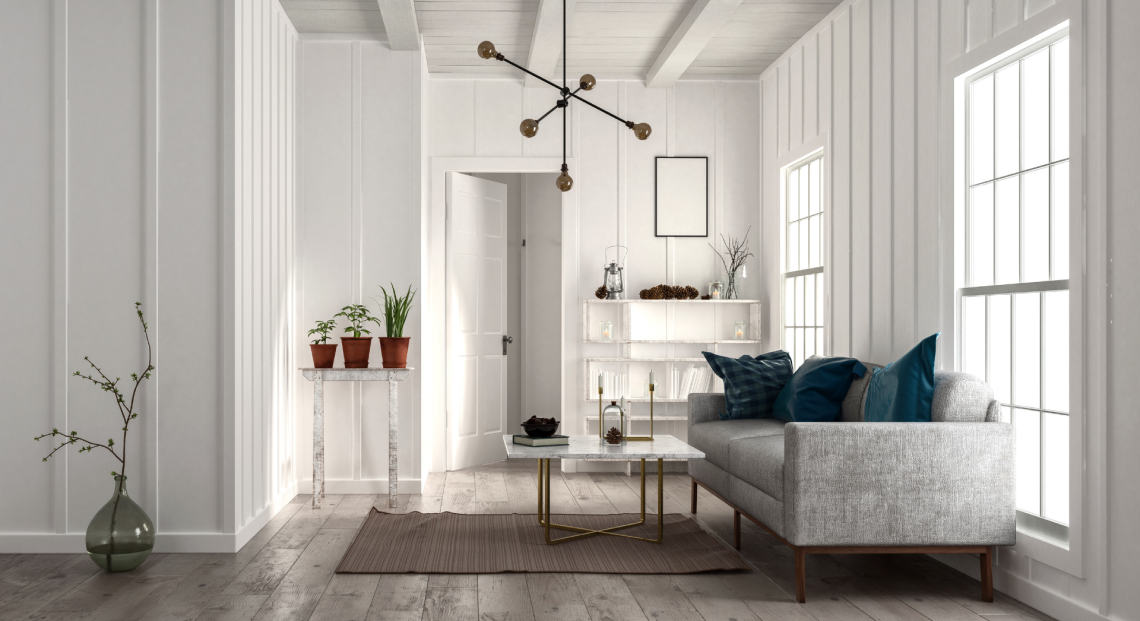
Use Maximum Natural Light
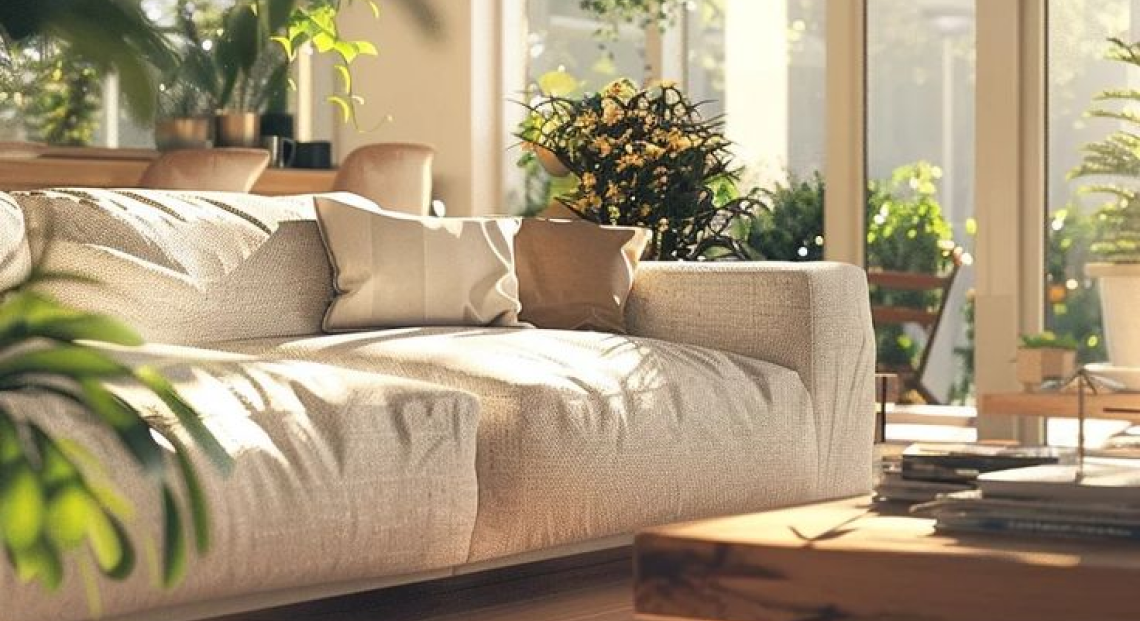
Use dim lights for illumination, and whenever possible, keep curtains and blinds open to allow maximum natural light, which uplifts your mood.
Good exposure to daylight through windows is perfect for reducing anxiety levels. Bright light in the morning between 8 a.m. and 12 p.m. has shown a positive impact.
If your apartment does not get much natural sunlight, you can add lamps and adjust lighting to mimic the intensity and warmth of the sun.
In the evening, use dim lights for illumination, such as lamps, pendant lights, etc., avoiding bright light to prevent overstimulation.
Good exposure to daylight through windows is perfect for reducing anxiety levels. Bright light in the morning between 8 a.m. and 12 p.m. has shown a positive impact.
If your apartment does not get much natural sunlight, you can add lamps and adjust lighting to mimic the intensity and warmth of the sun.
In the evening, use dim lights for illumination, such as lamps, pendant lights, etc., avoiding bright light to prevent overstimulation.
Incorporate Comforting Scents :
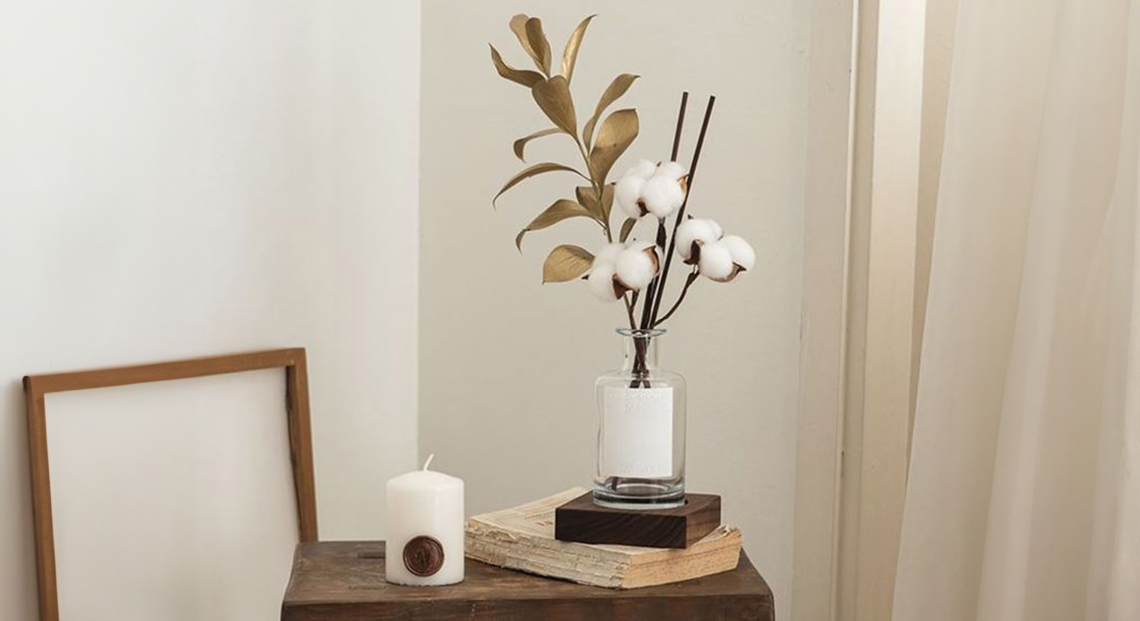
Natural scents are the most underrated for relaxing and reducing anxiety. We have all experienced a relaxing mood when we enter a home with a natural scent.
Pleasing natural aromas and scents like fresh-cut flowers, soothing candles, and agarbattis can provide a multi-sensory experience. Opt for scents like lavender, chamomile, etc., which are known for their anxiety-reducing properties.
Pleasing natural aromas and scents like fresh-cut flowers, soothing candles, and agarbattis can provide a multi-sensory experience. Opt for scents like lavender, chamomile, etc., which are known for their anxiety-reducing properties.
Use an Essential Oil Diffuser:
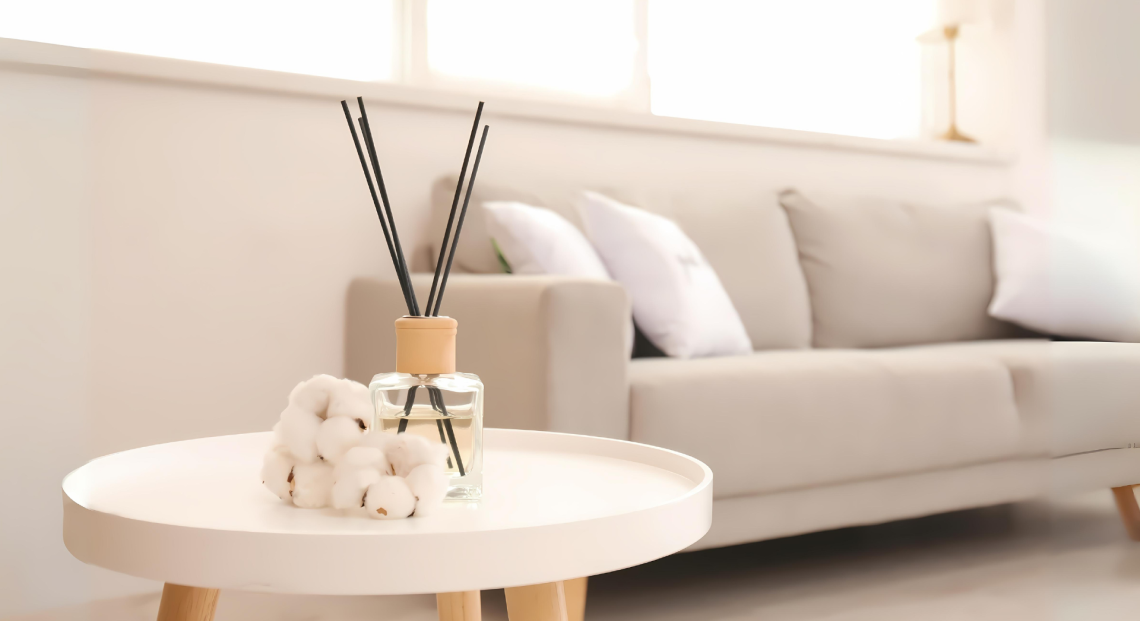
Essential oil diffuser fills the air with soothing scents. Some of the most popular calming essential oils include
Lavender - (Relaxation and Sleep)
Sandalwood - (Contain Farnesol Calming Componen)
Vanilla - (Reduce Stress and Anxiety)
Bring in fragrant plants like lavender, jasmine, rose, etc. Place them in the living room near the bedrooms. These fresh and natural scents add freshness to your room.
Lavender - (Relaxation and Sleep)
Sandalwood - (Contain Farnesol Calming Componen)
Vanilla - (Reduce Stress and Anxiety)
Bring in fragrant plants like lavender, jasmine, rose, etc. Place them in the living room near the bedrooms. These fresh and natural scents add freshness to your room.
Dried Flower and Vases
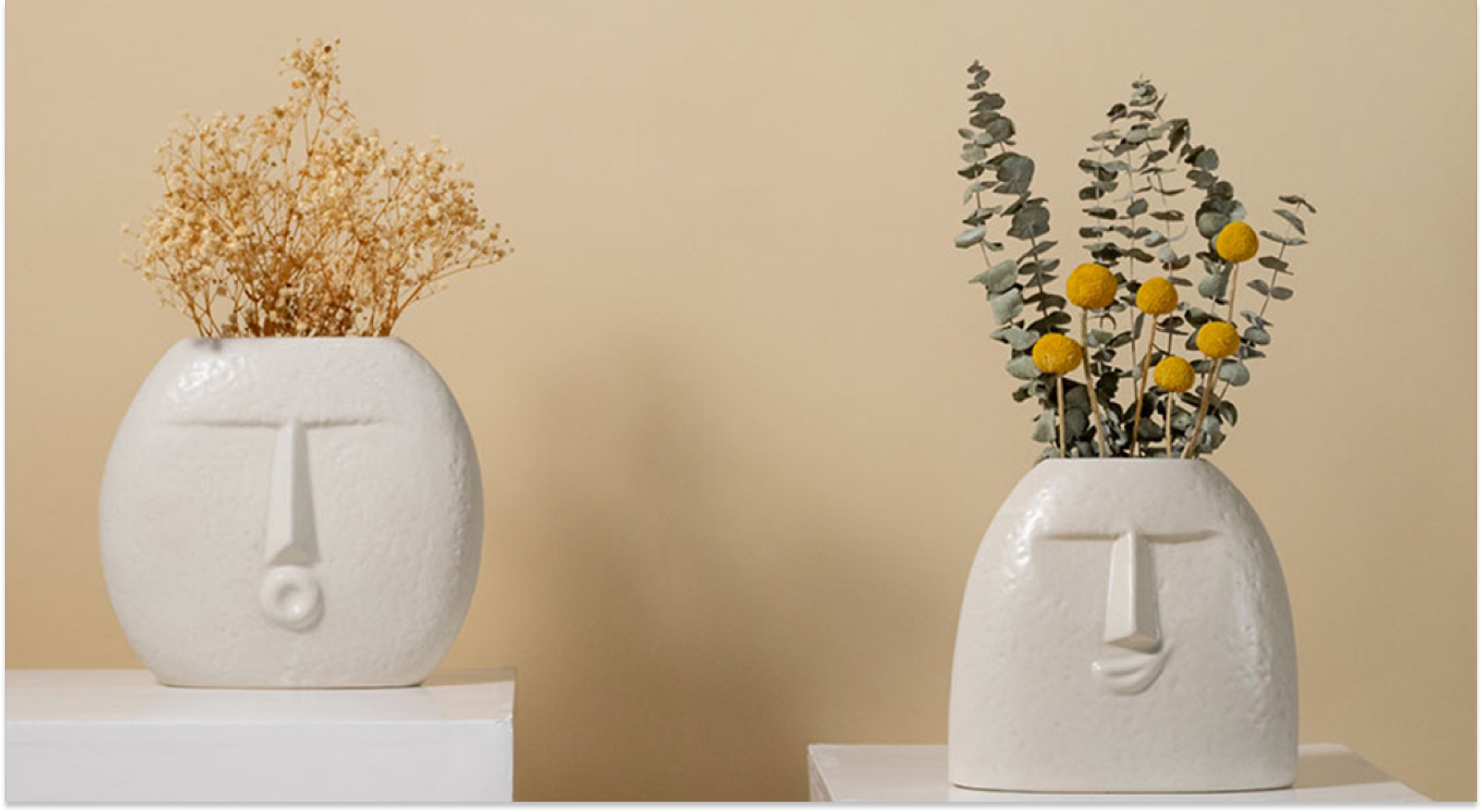
Dried flowers like lavender, chamomile, and eucalyptus have natural properties that help relieve stress and anxiety.
Beautifully arranging dried flowers around the home in vases will definitely add an earthy element to your home. Placing dried flowers together in clusters creates a focal point that attracts the mind's attention. Introducing dried flowers in your home decor aligns with biophilic design.
Beautifully arranging dried flowers around the home in vases will definitely add an earthy element to your home. Placing dried flowers together in clusters creates a focal point that attracts the mind's attention. Introducing dried flowers in your home decor aligns with biophilic design.
Add Peaceful Wall Decor
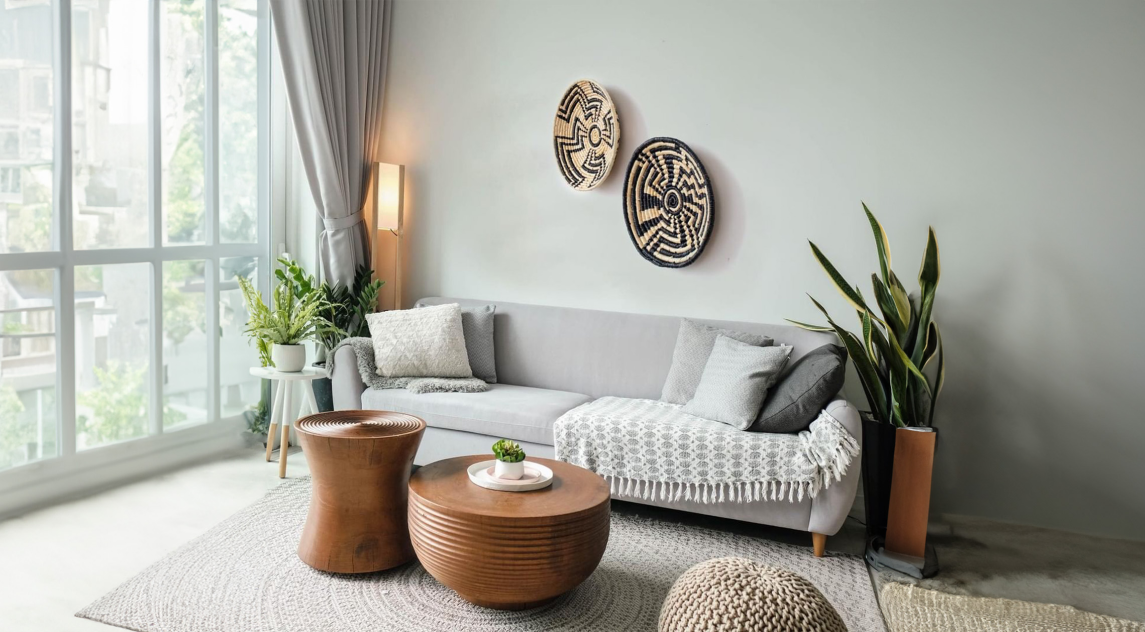
Whenever we enter a new house, we first encounter a wall. Sometimes, walls can make a space feel unwelcoming and unfinished.
Carefully select and arrange wall art, rugs, and decorative accents that cultivate a soothing and relaxing atmosphere.
Not only the artwork but also botanicals, sculptural pieces, and serene abstracts can add a more relaxing and welcoming feel to your walls.
Combine artwork with calming colors: Artwork featuring soothing colors like blues, greens, and lavenders, incorporated with matching walls, can create a near-perfect calming atmosphere for your home.
Focus on natural scenes with calming and soothing colors and unexpected placements for maximum impact when seen. These will instantly make you feel at peace.
Carefully select and arrange wall art, rugs, and decorative accents that cultivate a soothing and relaxing atmosphere.
Not only the artwork but also botanicals, sculptural pieces, and serene abstracts can add a more relaxing and welcoming feel to your walls.
Combine artwork with calming colors: Artwork featuring soothing colors like blues, greens, and lavenders, incorporated with matching walls, can create a near-perfect calming atmosphere for your home.
Focus on natural scenes with calming and soothing colors and unexpected placements for maximum impact when seen. These will instantly make you feel at peace.
Just Simplify the Design :
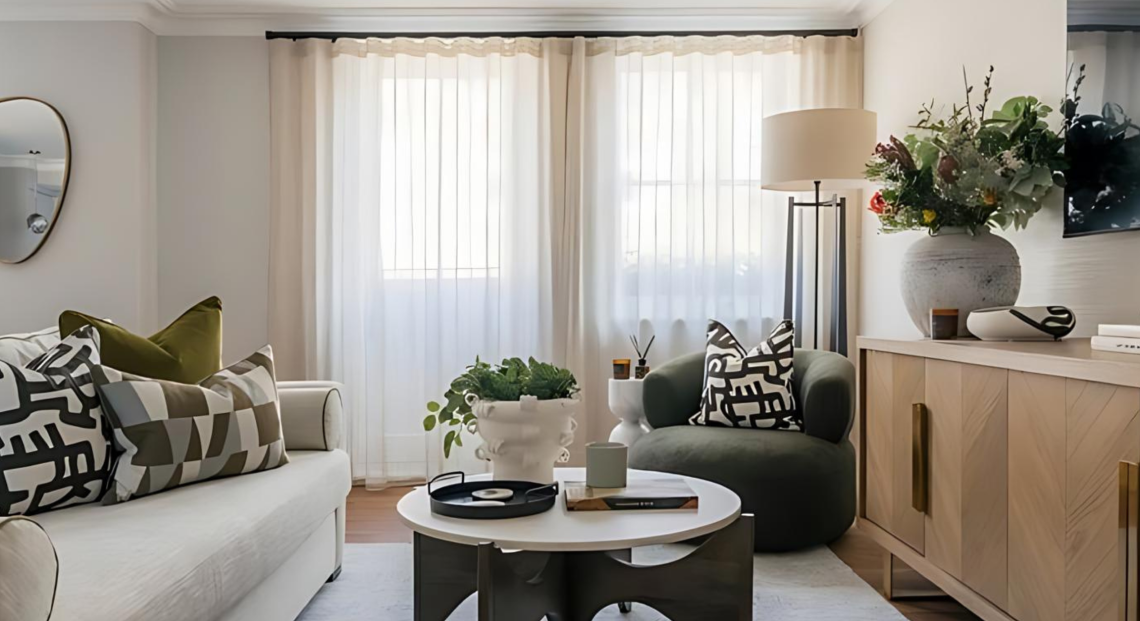
While the tips above can help you create a relaxing space, there is no greater power for relaxing than simplicity itself.
A busy, cluttered room with too many artworks, sculptures, contrasting patterns, bright lighting, and overuse of scents and home fresheners can overwhelm the human senses and make it challenging to find clarity. So, for a real relaxing experience, keep things simple, clean, and minimalist.
Remember that less is often more when reducing anxiety and stress through home design.
A busy, cluttered room with too many artworks, sculptures, contrasting patterns, bright lighting, and overuse of scents and home fresheners can overwhelm the human senses and make it challenging to find clarity. So, for a real relaxing experience, keep things simple, clean, and minimalist.
Remember that less is often more when reducing anxiety and stress through home design.
Conclusion:
Thank you for reading! For feedback or inquiries about our products, feel free to reach out via WhatsApp



